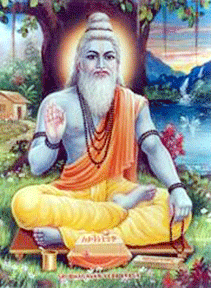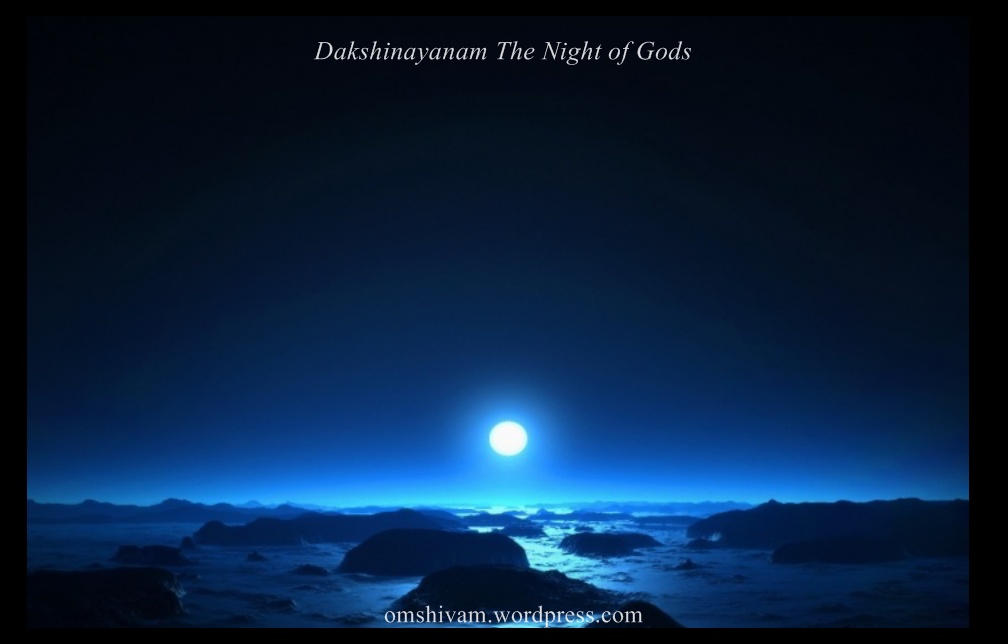Ashada maasam is the fourth month of the lunar calendar followed in Andhra Pradesh, Karnataka, Maharashtra, and Gujarat. Poorvashada nakshatram (star) falls on this pournami day, hence Ashada maasam. This month is not a good time to perform any auspicious functions like marriage, house warming, upanayanam, annaprasanam etc. Some communities in South India, have a tradition that newly married daughter-in-law and mother-in-law and/or son-in-law and mother-in-law usually do not live in the same house during this month. It is such a pleasure to me and my son to share our birthdays this month.
July 3-Jagannadha Swami ratha yatra
Ratha yatra (chariot festival) at the world famous Puri Jagannath Temple in Orissa is more than five thousand years old. The making of the rathas for the annual festival begins on the Akshaya Tritiya day (Vaisakha maasam). The three chariots (rathas) used for the annual ratha yatra are constructed new each year. The chariots are a classic example on indigenous engineering marvel. Three chariots with the idols of Lord Jagannatha (Krishna), Balarama (Balabhadra) and their sister Subhadra are pulled by the devotees through the city. Millions of pilgrims attend the festival and to pull the three new huge chariots Devotees of Jagannath believe that if one pulls the ratha of Jagannatha, Lord Jagannatha pulls his life-ratha. It means one who pulls the ratha, his life will be guided by mercy of Lord Jagannatha. Symbolical meaning of the chariot is: “The body is the Chariot and the soul is the deity installed in the chariot. The wisdom acts as the charioteer to control the mind and thoughts.”
Similar ratha yatra takes place in Gujarat on the same day. The Ahmedabad rath yatra has been taking place for more than 130 years.
 July 11-Chaturmaasam (four holy months)
July 11-Chaturmaasam (four holy months) Chatrurmaasam, the four holy months start on ekadasi (eleventh day) of Ashada maasam and lasts till Kartika sukla ekadasi (eleventh day of waxing moon) Nov. 6, 2011. Chaturmaasam occurs during the monsoon season and most of the important festivals in Hinduism take place during this period. The first month in Chaturmaasam, Shravana maasam is dedicated to Lord Shiva, especially the Mondays. The next month is Bhadrapada, the month of festivals including the Ganesh Chaturthi and Krishna Ashtami. Then comes Ashwayuja month and the important festivals include, Durga Puja, Navratri, Diwali etc. Finally, Kartika maasam, Diwali celebrations end in this month, Hindus also observe different vows and fasting during this period. I believe that followers of any religion have some daily routine to attain the high abode. In puranic times, this was the period when wandering spiritual masters and their disciples used to settle down at a place to study and discourse on the Brahma Sutras composed by Vyasa and engage themselves in Vedantic discussions. Another significance of this day is that of a famous temple of Vittala, a form of Lord Krishna in Pandarpur, Maharastra. Thousand year’s old tradition of the famous Pandarpur yatra (pilgrimage), pilgrims travel annually to visit the Lord on this day. Not on this particular day, but I was lucky to visit this temple during a different time when I was young.
July 15-Vyasa poornima (full moon day)
“Vyasaya Vishnu roopaya, Vyasa roopaya Vishnave
Namo Vai Brahma Vidyaya, Vasisthaya Namo Namaha”
Vyasa who is Vishnu, Vishnu who is Vyasa
Bow who taught Brahman texts, bow again to the one born in the family of Vasistha.
It is popularly known as Vyas Purnima after Sage Vyasa. Sage Vyasa is the son of Parashara muni and Satyavathi (daughter of a fisherman). He was born in on an island in the river Yamuna on the purnima in the month of Ashada. Sage Vyasa is the greatest editor and compiler of holy texts in Hinduism. Sage Vyasa is considered the Adi Guru or the first Guru in Hinduism. Sage Vyasa is called Veda Vyasa - or the Compiler of the Vedas, he compiled the Vedas into four parts - the Rig, Yajur, Sama and Atharva Veda. He authored epic Mahabharatam and Srimad Bhagavtham. He wrote the Puranas so that the common people could also benefit from the knowledge of the Vedas - he conveyed the same spiritual principles through the medium of stories and parables. He is also the author of the Brahma Sutras - the quintessence of Vedanta.
Vyasa Poornima is popularly known as Guru Poornima. The day is dedicated to Guru and he/she is honored and given due respect. Gurus are often equated with God and always regarded as a link between the individual and the Immortal. Just as the moon shines by reflecting the light of the sun, and glorifies it, all disciples can dazzle like the moon by gaining from their Gurus.
July 17-Dakshinayanam
Six months constitute an ayana and two ayanas a year. The names of the two ayanas are Uttarayana (winter solstice) and Dakshinayana (summer solstice). In simple terms, Dakshinayana Punyakalam or Karka Sankraman or Karkataka Sankranti marks the southern transit of the Sun. The Uttarayana period began on January 14 or 15 ends with Dakshinayana Punyakalam. The Dakshinayanam period will end on Makar Sankranti or Uttarayana day. As per Hinduism, one year for humans is equivalent to a time span of one day and one night for the gods. Humans pass through uttarayanam, the gods pass through only one day. Similarly, when humans pass through dakshinayanam, the gods pass through merely one night. When the Lord is in yoga-nidra it is befitting to set aside mundane activities and participate in special religious pursuits. Major Hindu festivals occur during Dakshinayanam.
Traditionally, Upanayanam or thread ceremony is not performed during Dakshinayanam but performed only in the Uttarayana period. Transit of Sun is not considered as auspicious as there will be certain disturbances in the organization of solar forces and generally such times are not recommended for any good work. This day is chosen by many Hindus to perform rituals for forefathers.



cool detail.
ReplyDeleteThank you for the comment.
ReplyDeleteOne correction. Dakshinayana Punyakala and Karka Sankramana no longer coincide (though they did 2000 years back). Now Dakshinayana (i.e. summer solstice) happens 24 days before Karka Sankramana. This discrepency is to due to the Indian panchangas being nir-ayana, i.e. ignoring the effect of the precession of the equinoxes.
ReplyDeleteAs for day and night of the gods being one human year, that is easily understood if you imagine yourself in the North Pole - a year is indeed a single day (six months) followed by a single long night!